While examining new defense loads for snubs (reported on here), I discovered that my constant-carry 2nd gun had a disturbing tendency to light-strikes. When we’re talking about any defense handgun, having a CLICK instead of a BANG when you really need to shoot is a bad, bad thing.
Was it the ammo? A new-ish S&W M642UC lit the sample ammo off without fail. My M&P340 is old, from the first year of production. I’d replaced the mainspring, rebound spring and firing pin (with spring) in about 2011.
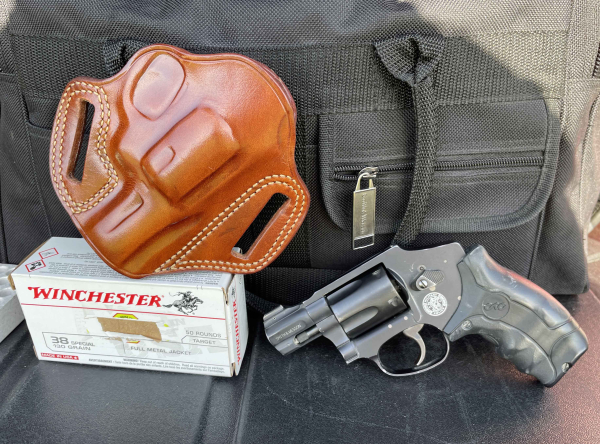
From the story – “In a personal M&P340 with a replacement XS front sight, the load generated 822 fps average and put four of five hits into 1 7/8”, a remarkable effort. The load hit dead on to the sights … I did get failure to fire problems on the second round in each string; I’m thinking it’s my old gun, tired out and in need of respringing.”
The ammo was from High Desert Cartridge Company, the 38 Special 140 grain Short Barrel Hollow Point.
So now, light strikes. Now I’d shot this gun before, recently, without issues on another new ammo rollout. I faced the reality that I had lost faith in the gun as it sat. After I ordered replacement springs, I waited.
The same concern exists when anyone buys, inherits or otherwise acquires a gun. The recipient is faced with a question – or should be?
Does it work?
As discussed here, Claude Werner has had this experience with individuals who’ve somehow gotten a gun, then were surprised when they couldn’t get it to work.
He’s working on an update, the 2nd Edition of Serious Mistakes Gunowners Make, a book that should go with every firearms purchase. On his website, he noted that “Several industry surveys indicate that the average gun purchaser fires less than a box of ammunition through it, perhaps only a cylinder or magazine. However, this is an average and many people never fire their guns at all. Legacy guns, i.e., inheritances and passed down guns, are probably even worse.”
To that, I add – failure to test an older gun of your own is a “serious mistake.”
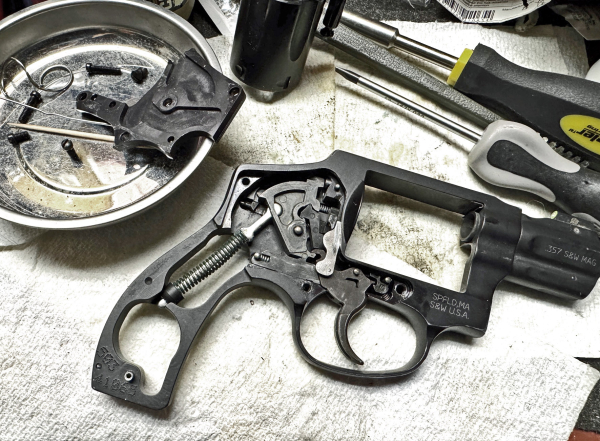
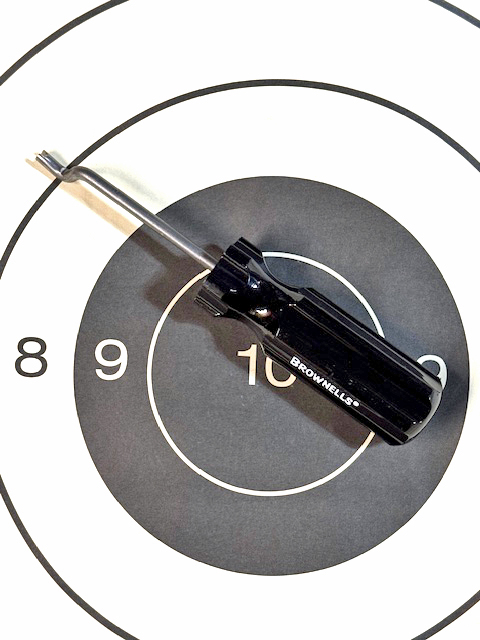
In keeping with that, the failing revolver stayed in the safe until the springs arrived. Ordered from Wolff Gunsprings, it was a matter of a short time until the springs arrived.
I have the properly ground screwdriver bits for the job and the rebound spring tool from Brownells. I also had some SLiP 2000 EWL – “Extreme Weapons Lube.” I’m not removing stocks and side plate without cleaning the interior of the gun and reapplying a decent oil (not a quick drying CLP) to certain places in the gun.
If you’re not familiar with the insides of the double action revolver, get someone with experience – local gunsmith or whomever.
The springs were factory-strength – or as close as I could get. The “standard hammer spring” is 8 ½ pounds. The rebound spring was close – 16 pounds instead of the factory-supplied 16 ½ lbs.
After detail stripping the gun, I used solvent and cotton swabs to clean out the nooks and the parts. A bit of oil on the top, bottom and sides of the rebound slide was added to the bit of oil applied to the top contact surface of the hammer strut.
While the resulting trigger pull was again factory-heavy, the action had a slick feeling. This was no doubt the result of cleaning and lubrication.
Then I had to wait out the uncharacteristic late summer deluge. On the first available range day, the gun, the offending ammo and some other types of ammo went to the range.
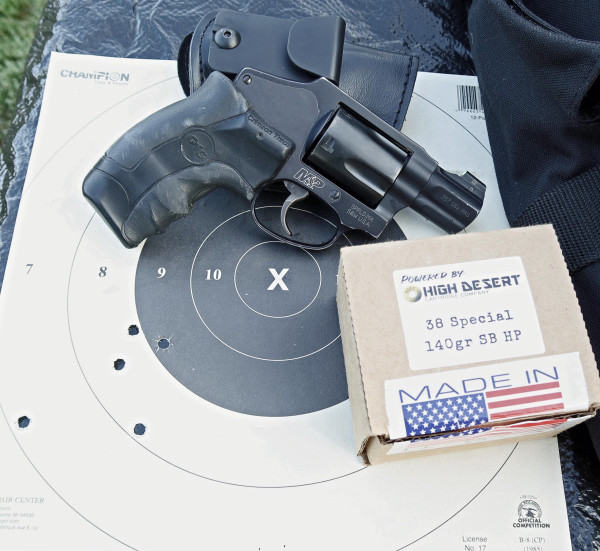
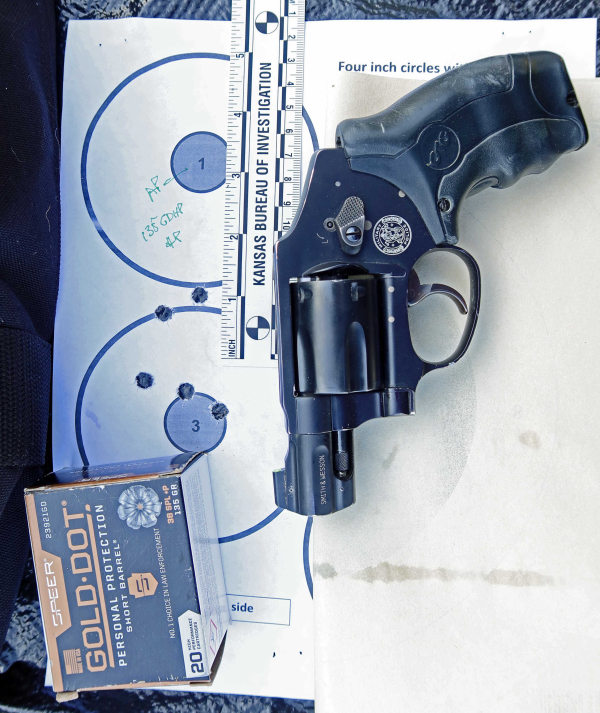
Since the ammo that failed to fire was test ammo, I checked it first. Firing from fifteen yards, two-handed, the first five lit perfectly. It’s a firm load; the 140 grain XTP loaded by High Desert Cartridge to just over 820 fps from this M&P340 thumps the shooter’s hand. All five rounds went into 2 ¾”, with the best three into 7/8”. Even knowing that the replacement front sight, the Standard Dot for the S&W J-Frame from XS Sights was configured for the UC guns with the higher rear sight, I failed to account for the different sights. I held with the front sight only slightly elevated and held low enough on the bull that the rounds struck low. With my grip and vision, the rounds strayed a bit left also.
After that, I tried Speer Gold Dot, from the older box marked for short barrel guns, a 135 grain Gold Dot HP +P. That shot 3 ½” low at 20 feet. I gave up on the “Kentucky Elevation” and held with the “ball in the bucket” over the top of the aiming circle. It struck 3 ½” low with five hits in 1 ¾”.
An old box of the long gone PROLoad ammo Professional Grade 110 JHP-XTP round shot 5 ¾” low. Five rounds clustered into 1 ½”.
All the rounds fired during the checkup lit on the first strike. I suppose replacing the springs turned the trick.
Before you carry them, check your guns.
— Rich Grassi